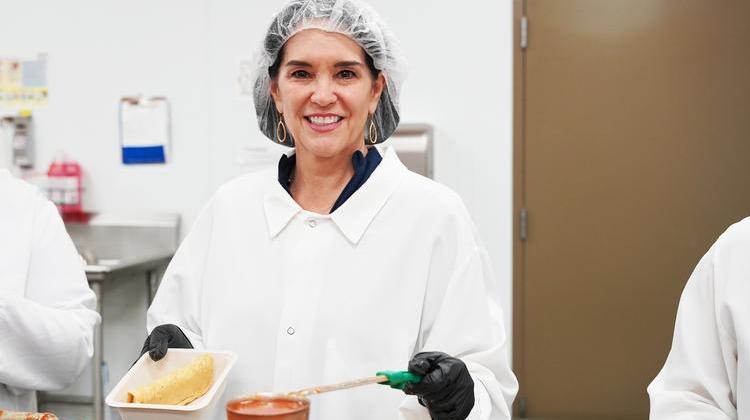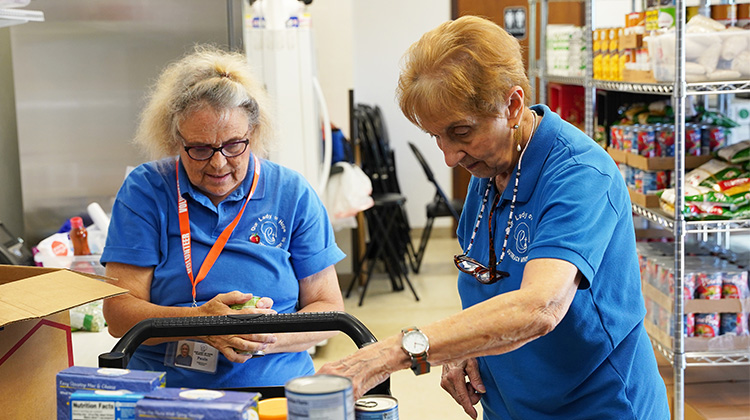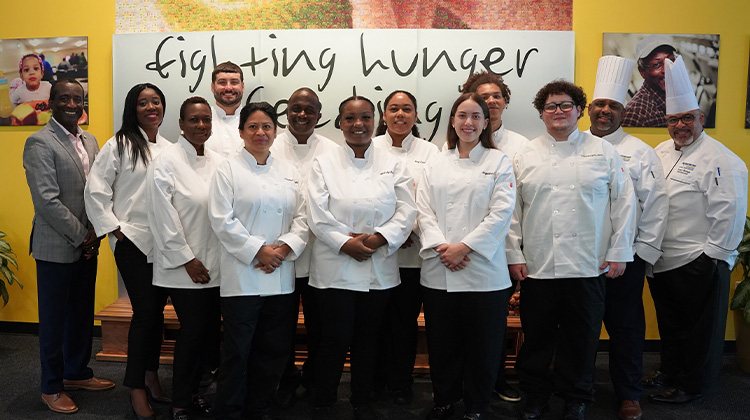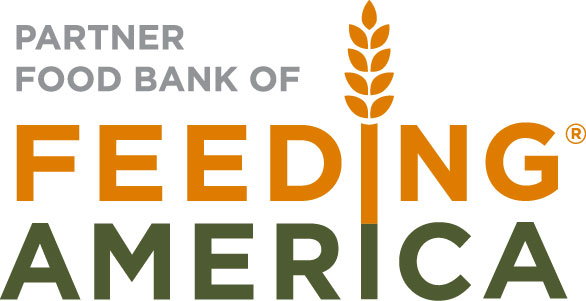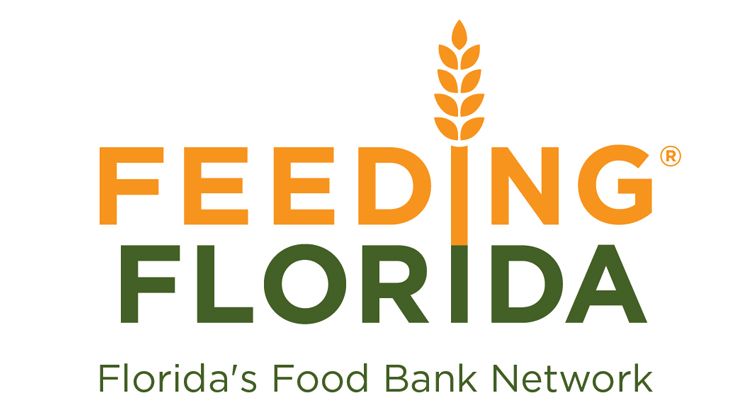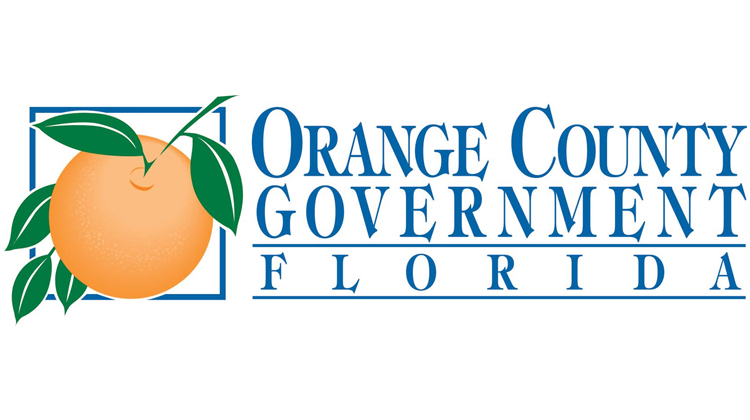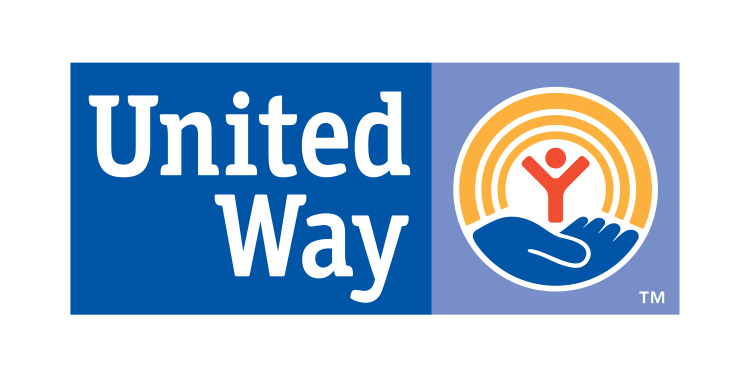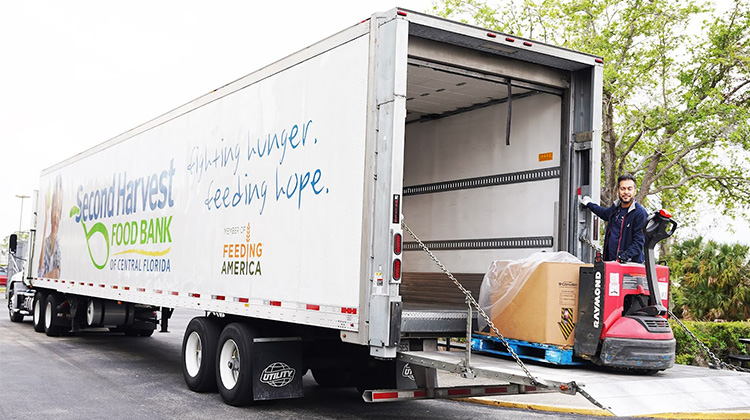
$138 million. That number caught my attention when, seven years ago, I heard about a group of graduate business students at Rollins College researching the local economic impact of Second Harvest Food Bank of Central Florida.
Although I had worked with nonprofits for decades, the scale of Second Harvest’s impact was staggering by comparison. It encompassed not only the fresh food and groceries provided to families in need but reaches far beyond the line at the local food pantry – jobs created, families stabilized, lower healthcare costs, and reduced waste.
Fast forward to 2023. What started as a volunteer organization in the early 1980s has grown into our region’s largest food bank – which has doubled its output since the pandemic’s start. Second Harvest is a fine-tuned system encompassing 140 employees and 625 partner agencies across seven counties: from the driver who makes the 4 a.m. grocery pickup at a retail partner to the volunteers who sort, pack, and prepare food to distribute. And its leaders continue working to find solutions that close the hunger gap.
In Florida, more than 30 million pounds of fresh produce is lost yearly – often due to labor shortages, strict cosmetic requirements, or volatile prices that would force farmers to sell at a loss. How can food banks partner with local farmers, workers, and businesses to get that food onto household tables?
Another powerful partnership is in healthcare: How can we ensure that people have enough to eat and that their meals are nutritious and balanced? From “medically tailored meals” designed to prevent patients from being readmitted to the hospital … to school meal programs that help kids learn about nutrition and bring home fresh produce for their families, we have the potential to do more.
But most of all, that potential lies in people: In the thousands of employees, volunteers, donors, board members, partners, and business owners who help Second Harvest distribute approximately 300,000 meals per day – double the amount from early March 2020. It also lies in the untapped voices of our neighbors, including those who have firsthand, lived experience with hunger.
Everyone has the potential to make a difference, no matter how you choose to act. Whether you’re starting conversations and raising awareness about the reality of food insecurity across Central Florida, volunteering your time, serving on a board, or making a monthly donation to sponsor meals for a family in need, you are part of a larger community that is creating real, tangible change.
$138 million is a significant number, but I’ve learned that making an impact on hunger can’t be measured solely by the number of meals provided or the amount of food delivered. It’s also measured in time, talent, testimony, partnerships in the community, and in harnessing untapped resources to create solutions that work. To learn how you can help, visit www.feedhopenow.org.
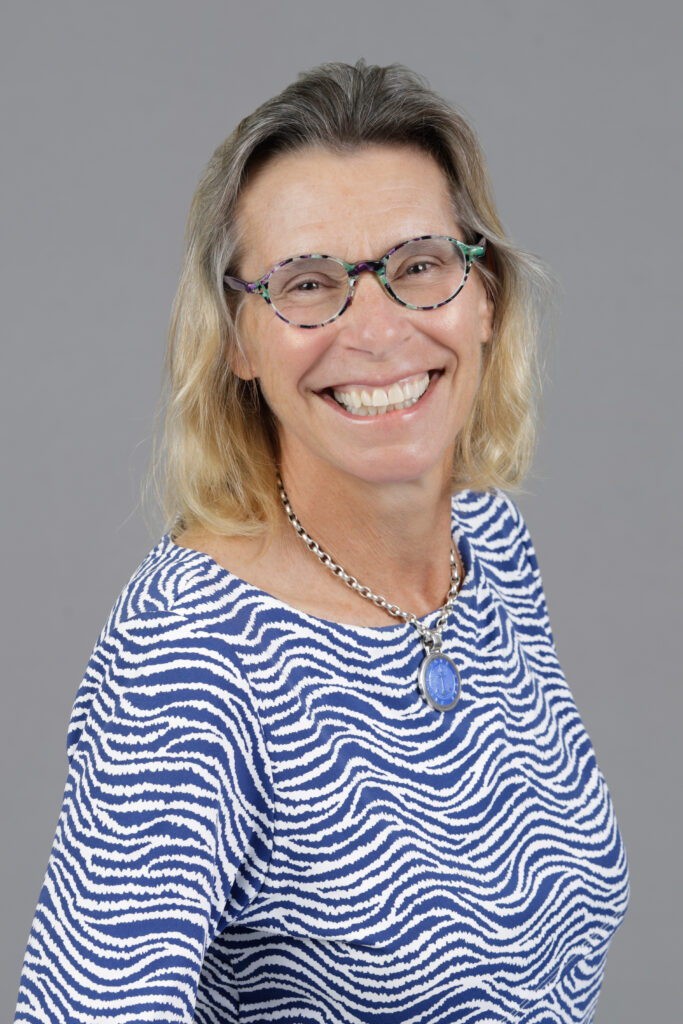
Peg Cornwell
Board Chair
Peg Cornwell is the board chair for Second Harvest Food Bank of Central Florida, and Associate to the President for College and Community Relations at Rollins College.
This guest column originally appeared in The Orlando Sentinel on March 16, 2023.


